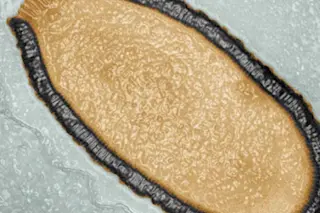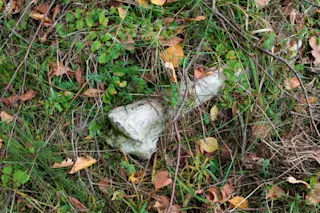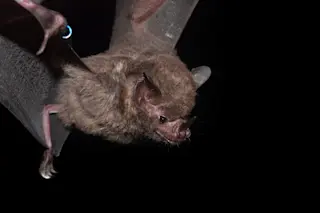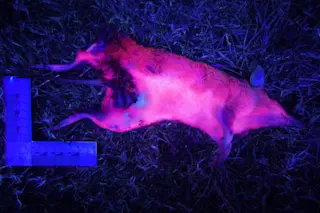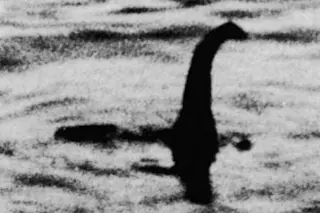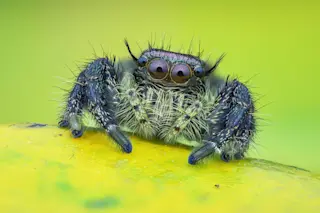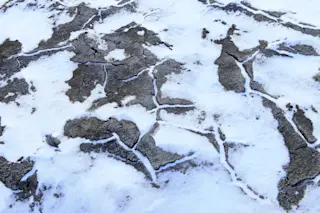Scientists in France have awoken a gigantic, ancient virus from its 30,000-year-long slumber in Siberian permafrost — and found that it's ready to infect again. There’s no need to scour eBay for a HAZMAT suit: the virus, dubbed Pithovirus sibericum, only infects single-celled amoebas. However, the discovery has scientists wondering what other microbes are hidden in melting permafrost awaiting another chance to infect.
“The revival of such an ancestral amoeba-infecting virus … suggests that the thawing of permafrost either from global warming or industrial exploitation of circumpolar regions might not be exempt from future threats to human or animal health,” scientists wrote in the Proceedings of the National Academy of Sciences.
Evolutionary biologists Jean-Michel Claverie and Chantal Abergel discovered Pithovirus sibericum under 100 feet of coastal tundra in the far northeast of Russia. Their search was inspired by the earlier discovery that a 30,000-year-old plant could be resurrected from fruits ...


